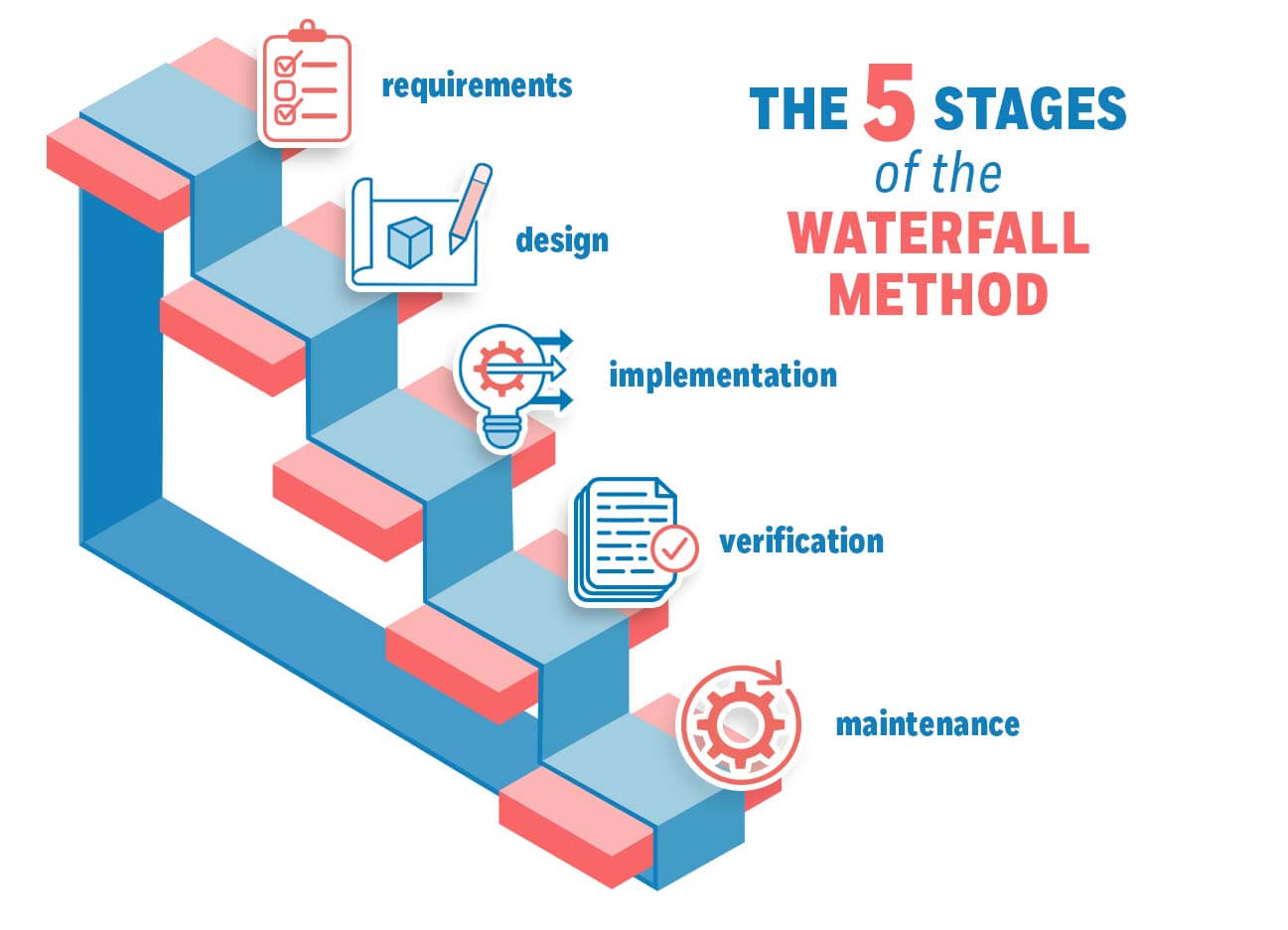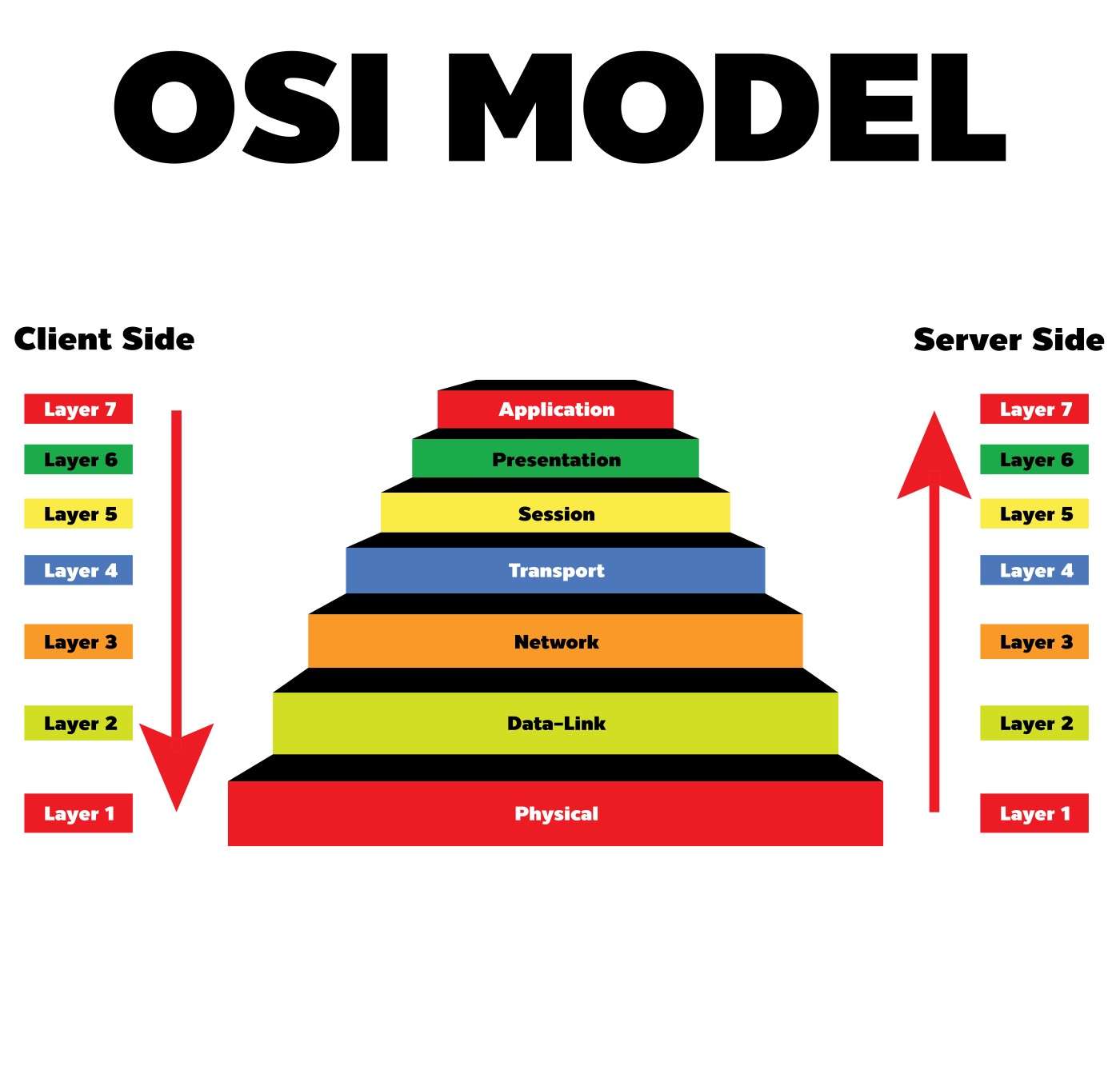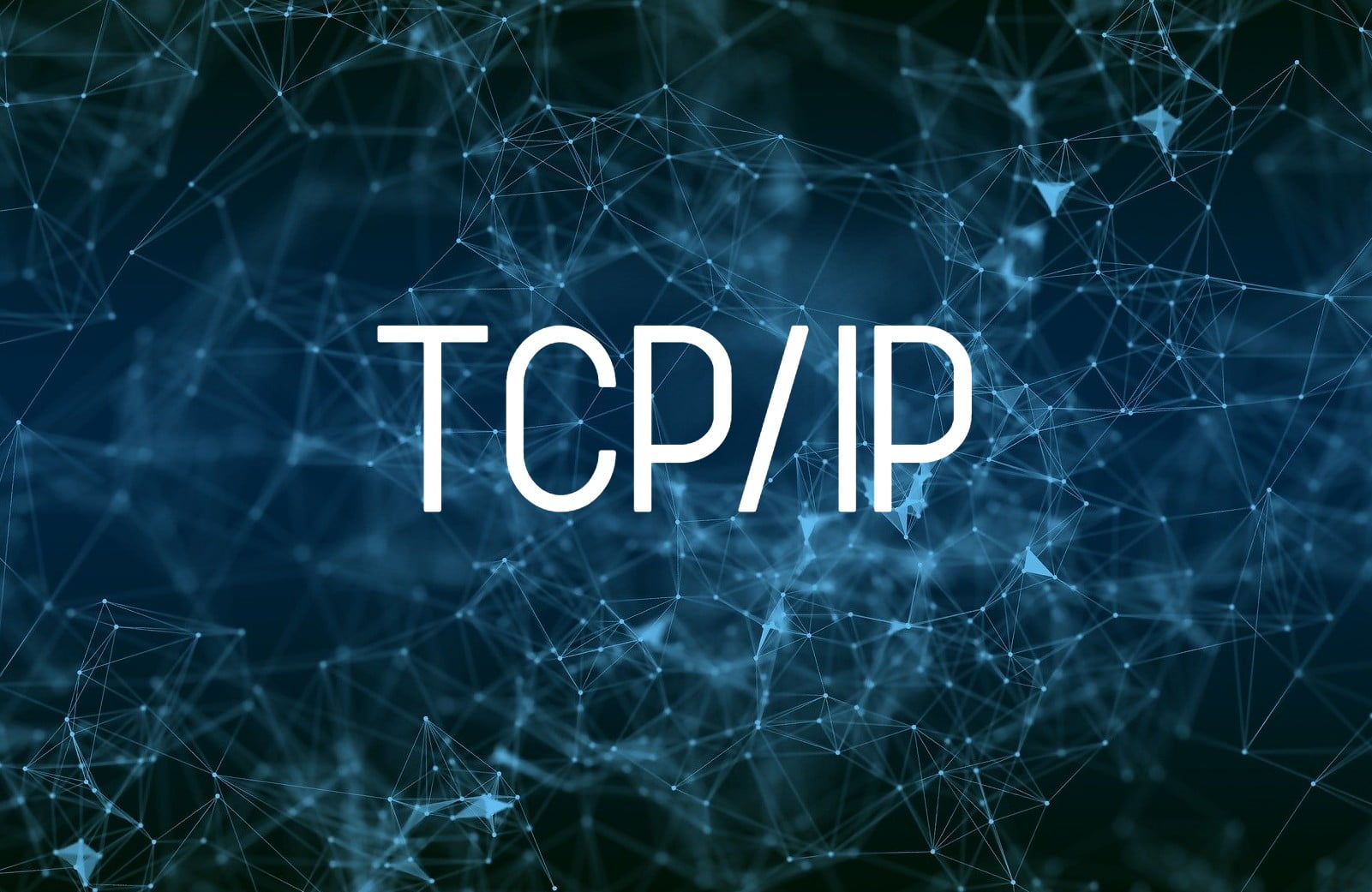The spiral model in software development
Published

Introduction to the spiral model: an iterative approach
The spiral model is a flexible and iterative approach to software development that was developed by Barry Boehm in the late 1980s. In contrast to the linear waterfall model, the spiral model enables a step-by-step and repeated approach to the development of software. At the core of the spiral model is the idea that the development process is run through in several successive cycles or spirals. Each spiral represents a phase in the project, and the entire development process is viewed as a sequence of spiral cycles. Key features of the spiral model are
- Iteration: The spiral model emphasizes the repetition of phases, which enables continuous improvement and adaptation to changing requirements.
- Risk management: Risk management is a central component of the spiral model. Every spiral begins with the identification and assessment of risks. This makes it possible to identify and manage potential problems at an early stage.
- Phases: Although the spiral model is flexible, it generally contains four main phases that are run through in each cycle: Planning, Risk Analysis and Engineering, Evaluation and Customer Assessment.
The iterative nature of the spiral model provides an effective way of meeting changing requirements and responding to new findings as the project progresses. This makes the spiral model particularly suitable for complex and high-risk projects where a step-by-step approach and early risk management are crucial.
The four main phases of the spiral model at a glance
The spiral model consists of four main phases that are passed through during a development cycle. These phases are closely interlinked and contribute to the gradual improvement and adaptation of the project:
- Planning: In this phase, the goals of the project, resource planning and project planning are carried out. Strategic decisions are also made about which functions or parts of the software are to be developed in the current spiral.
- Risk analysis and engineering: This phase includes the identification, analysis and evaluation of risks. Here, technical solutions are developed and prototype models are created to overcome specific challenges. The main focus is on minimizing risks and ensuring that the development is based on a solid technical foundation.
- Rating: In this phase, the developed software is thoroughly tested and evaluated. The results are analyzed and it is checked whether the defined goals have been achieved. This includes both functional tests and performance evaluations.
- Customer rating: Customer evaluation is crucial to the success of the spiral model. In this phase, the results of the previous steps are presented to the customers or stakeholders. Their feedback and requirements are incorporated into the planning of the next spiral. This phase creates an important feedback loop that enables continuous improvement of the project.
The four main phases of the spiral model form a recurring cycle that is repeated until the software meets the desired requirements and risks are minimized. This iterative nature makes it possible to meet changing requirements, identify risks at an early stage and ensure that the end product meets expectations. The spiral model is particularly effective for projects where uncertainties and risks are high or where incremental development is required.
Risk management in the spiral model: early identification and management of challenges
The spiral model is characterized by its special emphasis on risk management. This phase is an integral part of every cycle in the spiral model and plays a crucial role in identifying and overcoming challenges at an early stage. The most important aspects of risk management in the spiral model are:
- Risk identification: In the first phase of every spiral cycle, risk management begins with the identification of potential risks. These can be technical, temporal, financial or organizational challenges. Identifying risks at an early stage is crucial in order to be able to take preventive measures.
- Risk assessment: Once identified, the risks are assessed to understand their impact and likelihood of occurrence. This enables the development team to prioritize and focus on the most critical risks.
- Risk management: Once the risks have been identified and assessed, strategies are developed to overcome them. This can include the development of prototypes, alternative solutions or the adaptation of the project plan.
- Monitoring and adaptation: Risk management does not end once the identified risks have been dealt with. It is important to continuously monitor the situation and make adjustments where necessary. New risks can arise and existing risks can change, which requires a proactive approach.
The spiral model enables risks to be addressed systematically and measures to be taken at an early stage to prevent or mitigate potential problems. This helps to prevent project failures or delays and ensures that software development remains on a stable and controlled course. Risk management in the spiral model is a best practice that helps to ensure the success of complex projects.
Advantages and challenges of the spiral model
The spiral model offers a number of advantages, but it also presents challenges that should be considered when deciding on its application. Advantages of the spiral model:
- Risk minimization: A key advantage of the spiral model is the built-in risk management. By identifying and managing risks at an early stage, the project is protected from unexpected difficulties, which reduces the likelihood of failure.
- Flexibility: The spiral model is extremely flexible and enables adaptation to changing requirements and circumstances. New requirements or findings can be easily integrated into the development process.
- Better quality: The iterative nature of the spiral model means that the software is continuously improved. This often leads to higher quality and an end product that is better tailored to the needs of the user.
- Customer participation: The model emphasizes the continuous involvement of customers or stakeholders, which ensures that the software developed meets expectations and is useful.
Challenges of the spiral model:
- Complexity: The structure of the spiral model can be complex and requires careful planning and monitoring. This can lead to increased administrative tasks.
- Costs: Continuous iteration and risk management usually require additional resources and budget. This can increase the costs of the project.
- Time: The iterative nature of the spiral model can lead to projects taking longer, especially if many iterations are required.
- Competence: Effective risk management requires experienced teams and risk management expertise, which is not always available in all organizations.
Overall, the spiral model offers a powerful method for developing complex and high-risk software projects. The benefits in terms of risk minimization, quality and adaptability can often outweigh the challenges, especially if the right resources and skills are available.








